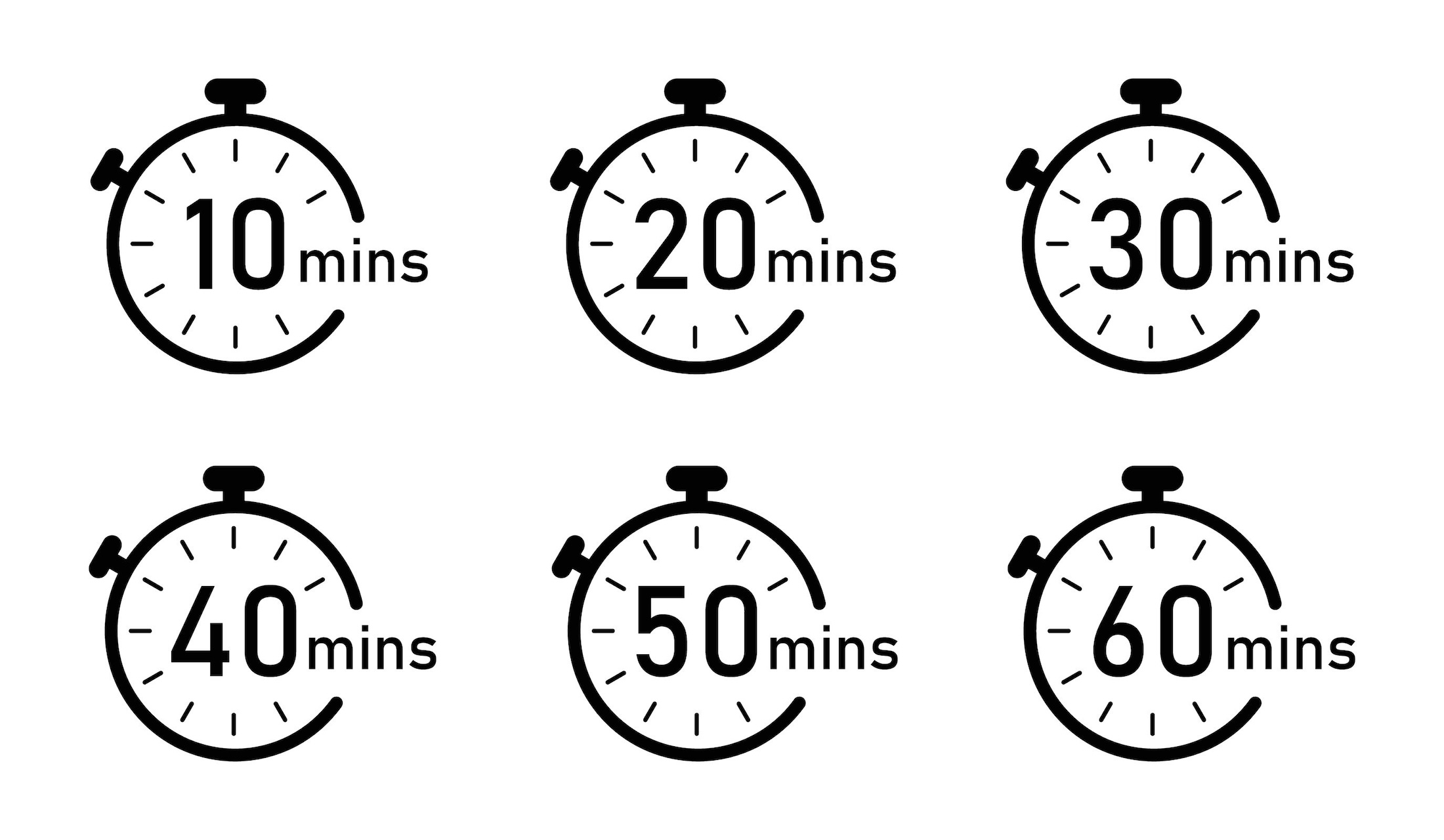Before working as a finance journalist, I studied theater at university. Today, I still notice how useful some of that training is to my current career as a communications expert. In a recent media training, I referred a client to a clip of George Clooney talking to the media about a presidential campaign fundraiser. My client quickly rejected this example, stating, “Of course he does it well, he’s an actor!”
A professional actor and a business leader face similar communication challenges. To quote Sanford Meisner, the respected acting coach of Robert Duval and James Caan, “Find in yourself those human things which are universal.” Our flaws, our imperfections, make us relatable. In public speaking, we can use our relatable qualities to engage the audience.
How do our flaws serve us when we speak in public? When we anchor ourselves in our own individuality, instead of fighting things we cannot change about ourselves, we become more authentic on stage, and more powerful as speakers. When we understand our body in a speaking situation, we create a link between what we say and how we say it.
Focus on the Message
This is where the magic of language comes in. An actor must first take ownership of his or her text. So must a business leader. In a well-prepared corporate speech, the secret to driving home important points is in being able to identify those key moments for yourself. If you connect to your speech, the audience will connect as well.
This means two things:
1. Any speech is first and foremost meant to engage your audience. Even if you are the only speaker, a dialogue is still established. An actor communicates in the silence and connects with the audience in those moments.
2. You are the message. What you say is only a tiny part of what your audience receives. Posture, voice, and body language, all speak louder than words, a topic I’ve written about here. What the audience sees impacts them more than what they hear. In a business presentation, delivering a strong message is top priority. Don’t let bad body language undermine what you have to say.
When to Improvise
In business, improvising might feel like a negative. Keep in mind that improvisation in acting is responsible for some of the greatest film scenes of all time. Appearing on the Today Show in 2016, director Martin Scorsese explained that Robert DeNiro’s famous “You talking to me?” scene in front of a mirror in Taxi Driver was totally improvised. Scorsese said that DeNiro just kept repeating that phrase: “It was like a jazz riff. Just like a solo.”
This is another interesting analogy for business presentations. A jazz solo is not disconnected from the piece—it builds on the melodies. If your speech is grounded in a Single Overarching Communications Objective (SOCO) you can return to that and build on it, even when improvising answers in Q&A for example.
Actors learn to become comfortable in the gray areas. They play situations. They improvise. Sometimes this leads to an Academy Award, and sometimes it leads to the director saying, “Let’s stick to the script.” If actors were expected to be perfect, no one would have a career. Through their voice, their imagination, their relationship with space and with others, actors create what all public speakers strive for: a truthful performance.
Be Yourself
The first rule of acting is that everything that comes from within us is usable, especially when we think it’s useless! Some of Hollywood’s greatest actors have many visible flaws which endear them to audiences worldwide. Don’t suppress your flaws- draw on them to be your unique self on stage. To quote Oscar Wilde, “Be yourself, everyone else is taken.”





